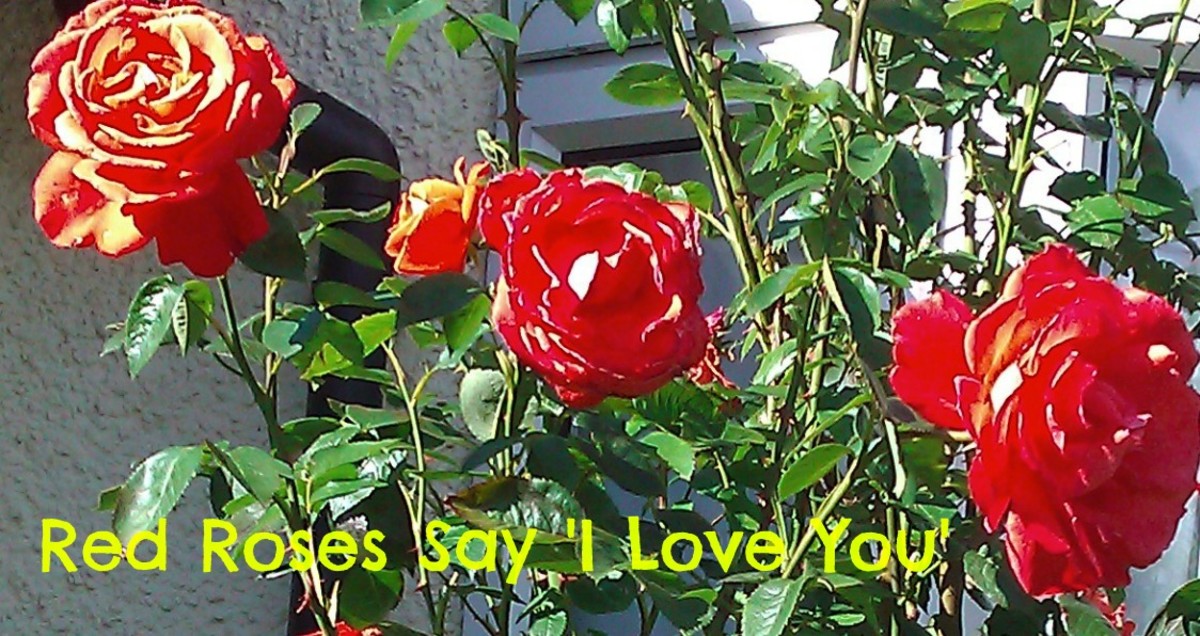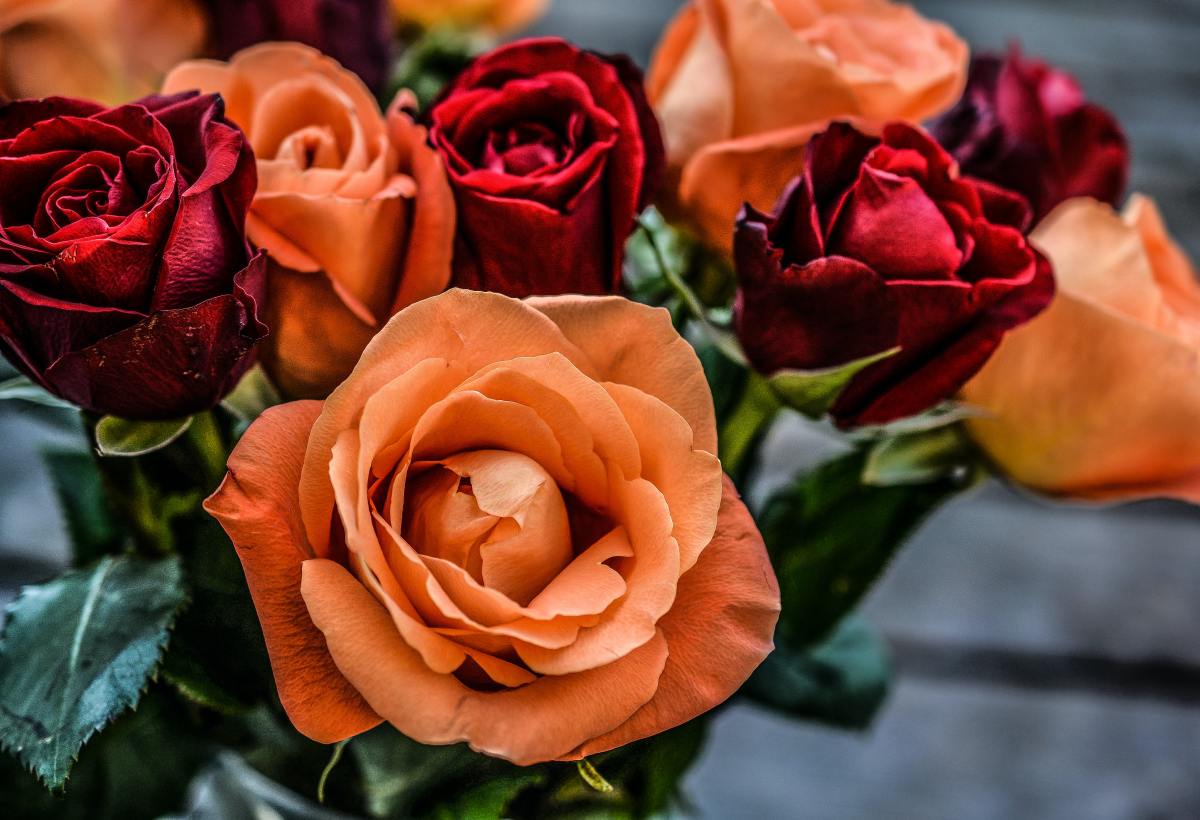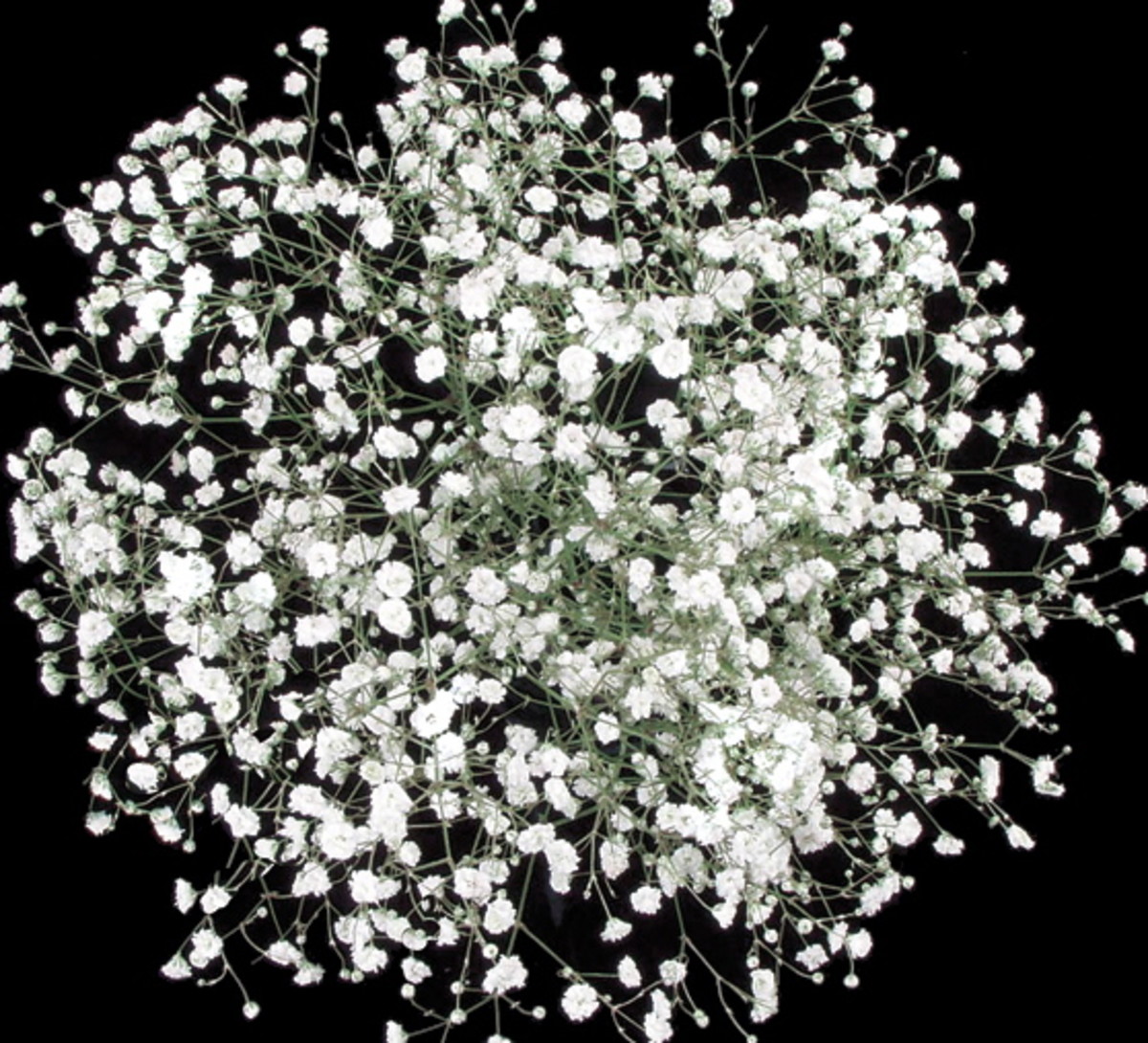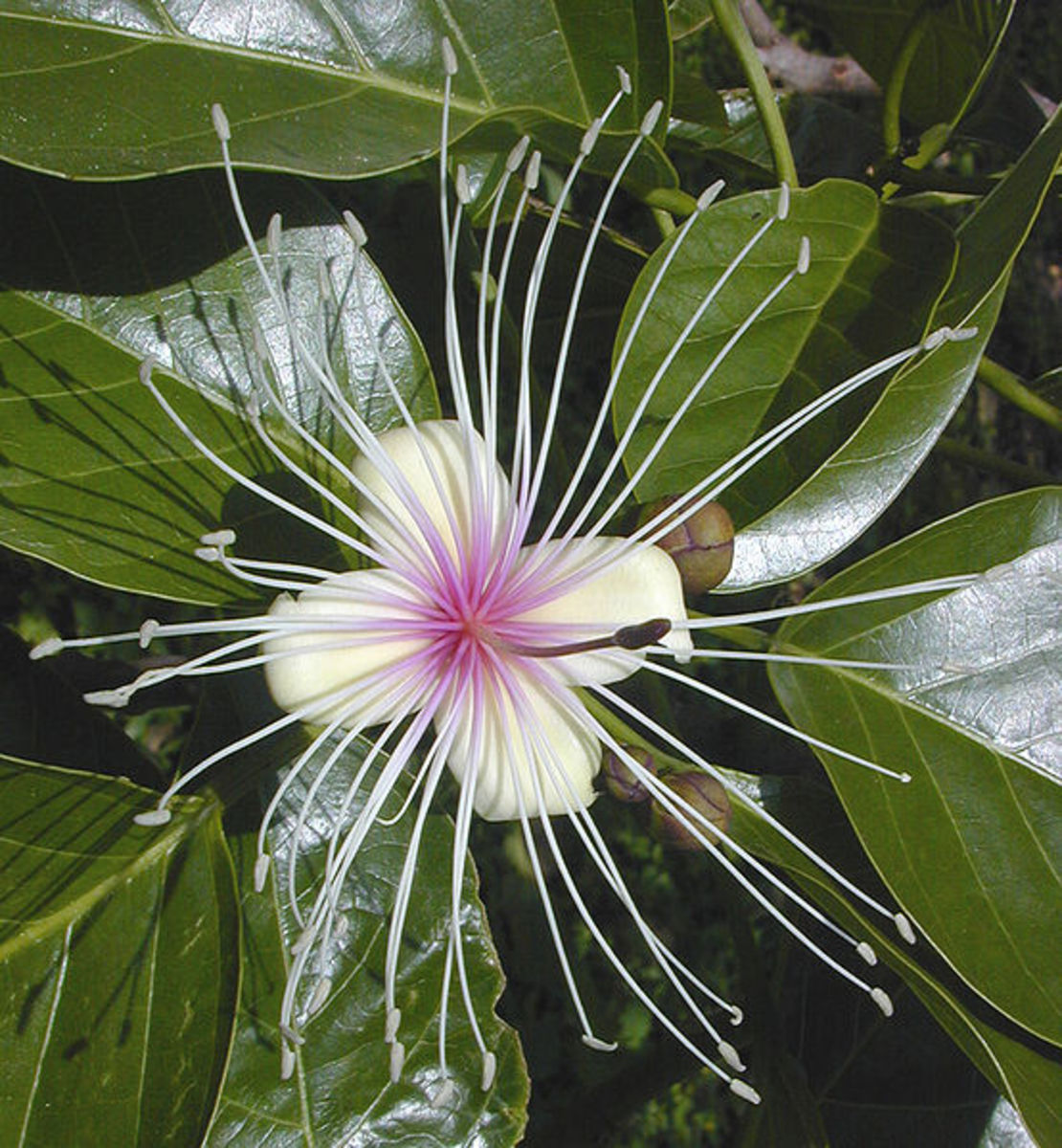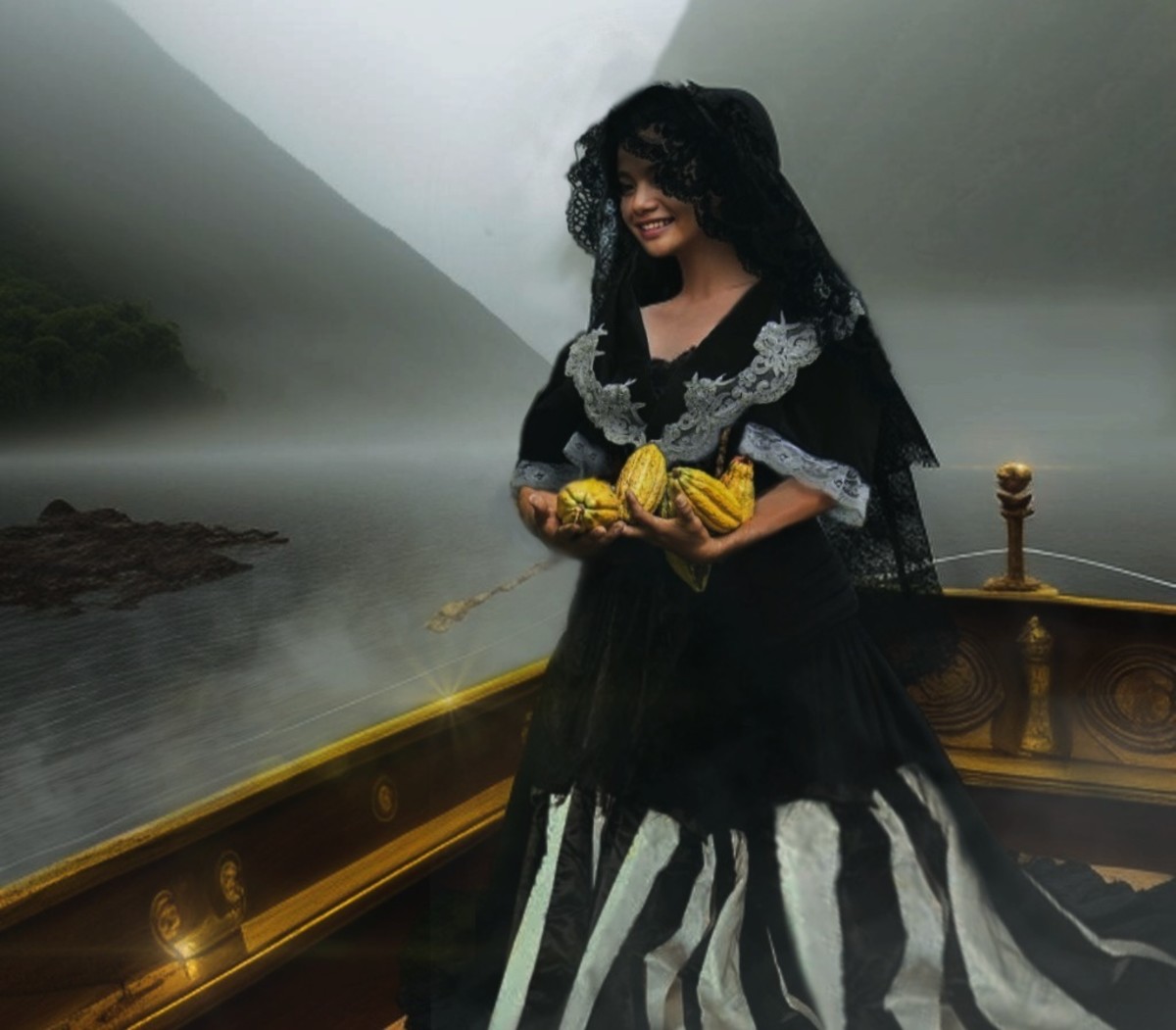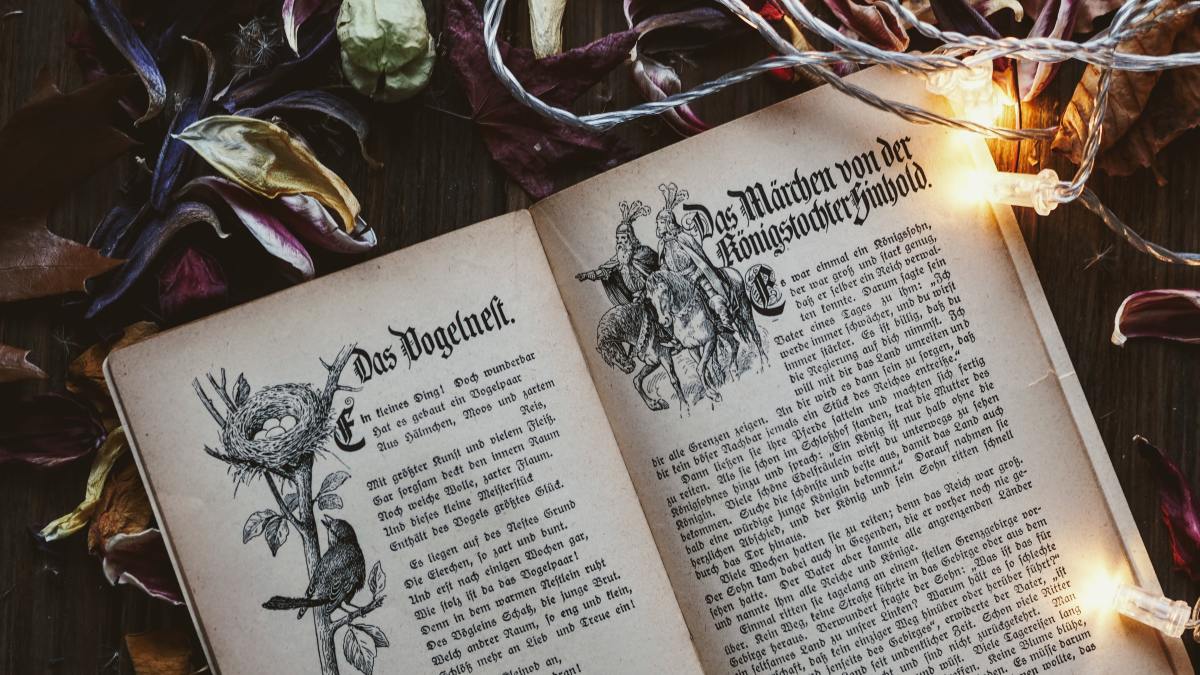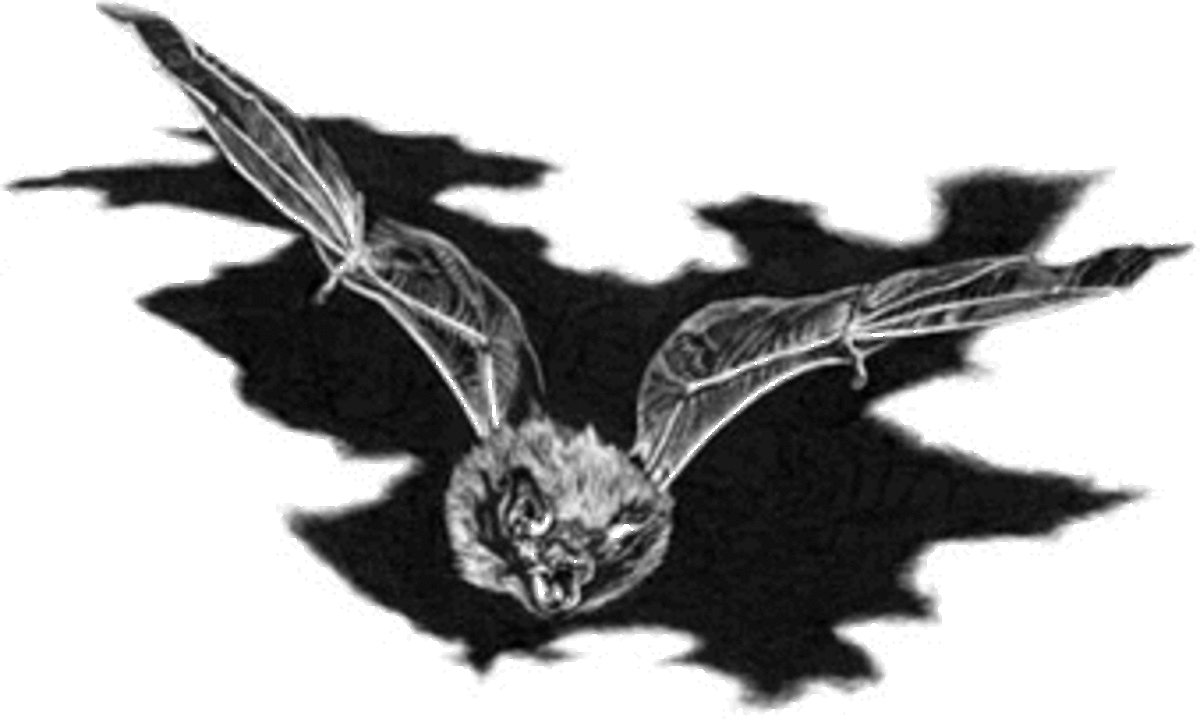Symbolism of Flowers
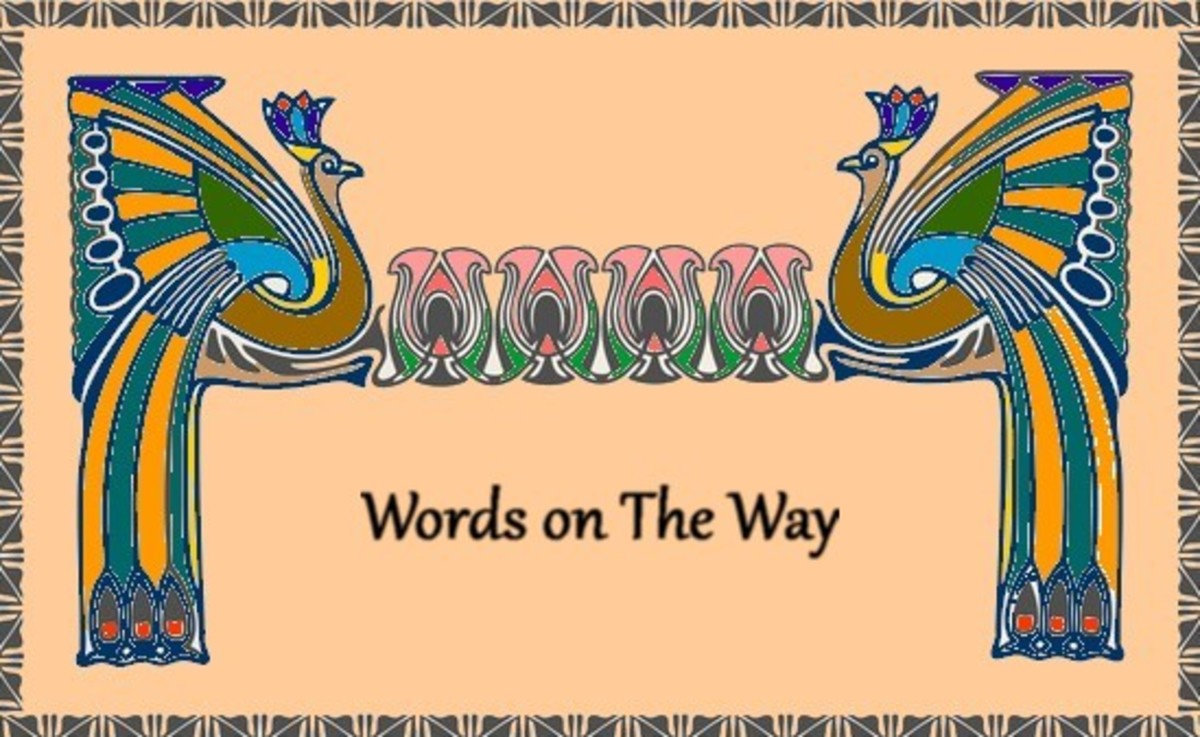
Say It with Flowers!
A magnificent bouquet of deep red roses represents a declaration of love to most people. But did you know that many other flowers also carry traditional messages of their own? A gift of flowers can express a complex visual language and can sometimes say what a thousand words cannot.
In Victorian times it was hugely popular to send coded messages hidden in bouquets, especially between lovers.
Tulip bulbs were once a valuable form of currency and were exchanged for phenomenal sums of money. Red tulips were believed to be a bold expression of passion and sensuality, while variegated tulips represented facial beauty and sartorial elegance.
A spring of apple blossom set within a posy implied that the giver preferred the company of the recipient above that of all others. the use of confetti at weddings is an adaptation of the much older custom of sprinkling newly-weds with apple blossom. The fertility of these trees was hoped to be passed on to the new couple.
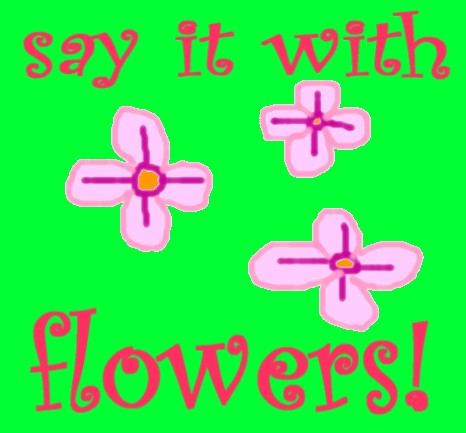
This article by Adele Cosgrove-Bray was first published in Prediction magazine in September 2007.
Herbal Messages
Herbs were also believed to carry specific meanings. Borage, with its tendency to seed itself freely, represented tenacity. The vivid star-shaped blue flowers were added to wine or salads and are a rich source of potassium and calcium.
Chamomile is well known for its calming properties, and these small, simple flowers implied a peaceful and tolerant nature when added to a bouquet.
Marjoram symbolised youthful shyness and maidenly innocence. the ancient Greeks used to twist some marjoram into bridal headdresses. Its oils were used medicinally to ease stiff joints.
Sage implied domestic wisdom and would be added to a bouquet as a compliment to a woman's skills as running a busy household. Sage tea was used as a soothing, calming drink. The connection between this and the hectic role of any domestic engineer is surely obvious!
Thyme added to a spray of flowers expressed well wishes for all endevours, particularly relating to career projects. This herb was considered to possess strong antiseptic properties and symbolised high ethical ideals in the sometimes dubious world of business.
Rosy Posies!
While red roses declared love and sexual desire, white roses symbolised purity and platonic love. A bouquet of white roses with one red rose tucked into the centre would describe a friendship that held the hidden hope of romance. But sometimes less really is more, and a single red rose handed to a lover is still used today as a symbol of desire.
Yellow roses carried a more solemn message, however, and were used to imply remembrance. A vase of yellow roses mixed with white Madonna lilies would often grace the parlour of a Victorian family in mourning.
Blue roses symbolised the spiritual quest as well as nobility. At one time, people believed that true royalty carried blue blood.
Floral Feuding
Flowers could also convey pithy comments about a person's less favourable characteristics. Barberry flowers described someone with a sour nature and sharp tongue, while basic declared hatred and a desire for revenge. The lurid purple and yellow flowers of henbane implied discovering faults.
Scabious in a posy conveyed malicious wishes, and superstition insisted that picking the pretty purple scabious flowers would cause the devil to appear beside your bed that same night.
Foxgloves symbolised treacherous friends but was also closely associated with fairies and elven magic.
Aconite flowers implied someone with a poisonous nature, and was a major insult when handed to someone in a posy.
Vervain was a symbol of enchantment, while red valerian was used as a peace offering between friends who had quarrelled. The addition of a sprig of raspberry flowers would express remorse for the conflict.
Bachelor's Buttons expressed hope for unrequited love, while the humble buttercup represents immature behaviour. With its shining golden-yellow petals, however, the buttercup has also been used to represent the Holy Grail.
Blossoming Love
If a floral love charm was required, then a person need look no further than the Arum maculatum, more commonly known as lords-and-ladies. Its fleshy purple upright protuberant stem, loosely encased by a hooded sheath, which has inspired a number of ribald country names, was believed to be an aphrodisiac.
The mandrake root was a symbol of occult power and has long been associated with spell-casting.
Forget-me-nots represented eternal companionship and loyal friendship, so were often added to posies.
So next time someone 'says it with flowers', perhaps you might take a closer look at your bouquet!
- Interview with a Green Witch
Green Witchcraft - some call it hedge witchcraft or herb witchcraft. It's a witchcraft which works with herbs and plant lore, and with elementals...
© 2010 Adele Cosgrove-Bray


